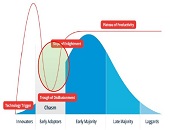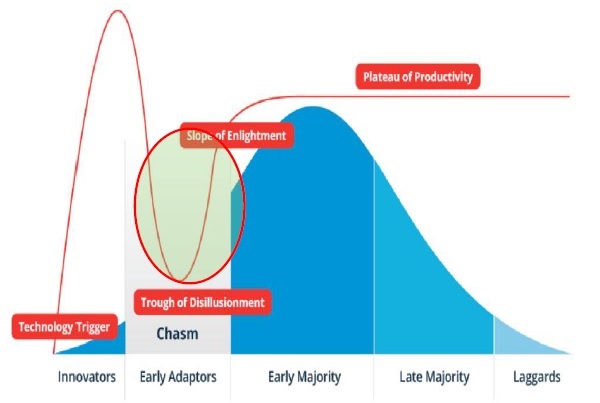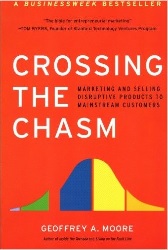At the end of the day, what do you produce? If you are a knowledge worker, your “product” could be something as intangible and significant as decisions. That is the thinking behind the “decision factories” discussed in Roger Martin’s seminal Harvard Business Review article.
If we labour in decision factories, then we are decision engineers, and our chief raw material is data, according to Nima Safaian, team lead for Trading Analytics at Cenovus Energy. “We need the capacity to produce many good decisions,” he said at the webinar on August 2, 2016, sponsored by the Global Association of Risk Professionals (GARP). The presentation, “Data Science in Trading Analytics and Risk Management,” provided context and motivation for risk professionals to join the Data Science group in GARP.
Safaian pointed out that the emerging field of data science was one of a long line of disruptors. “Data science disrupts data analytics,” he said. “It has made the power of decision making available to the front line people—no longer just the highly skilled statisticians.”
Data science is an interdisciplinary field that copes with large data sets, and, more importantly, complex data. Safaian wanted to distinguish hype from reality. He said it was more than a new flavour that would soon become outdated. Data science is here to stay due to “a convergence of three factors: cloud computing; easy access to data; and democratization of analytics. Anyone with a slight knowledge of scripts and analytics can get the answer they want.”
He referred to the timeline for technology adoption that was popularized in Crossing the Chasm: Marketing and Selling Disruptive Media to Mainstream Consumers by Geoffrey A Moore.
He cited five specific uses of data science:
- Clustering and unsupervised learning to better understand market dynamics across markets
- Outlier detection and stress scenario generation
- Random vs. structural market changes; and
- Bayesian belief network decision trees
Risk managers should strive to create a uniform decision-making environment. ª
Click here to read about Part 2 of Nima Safaian’s presentation.
The figure illustrating timeline for technology adoption, used in Safaian’s presentation, is originally from: https://www.linkedin.com/pulse/20140903082934-33041212-the-cycle-and-the-chasm-and-the-importance-of-timing
The links to the Data Science videos :
Session 1-Ingesting Data and use of APIs
Session 2-Cleaning and Wrangling with Data
Session 3-Exploratory Visualization
Session 4-Descriptive Statistics and Building Models
Session 5-Deploy the tools as an online app (contains example of bitcoin pricing)



